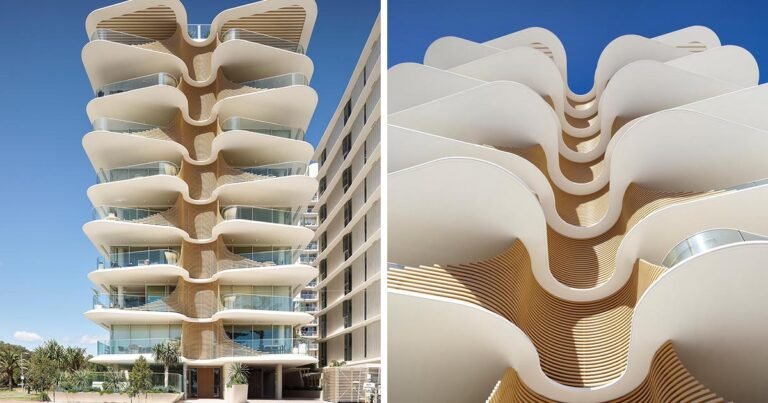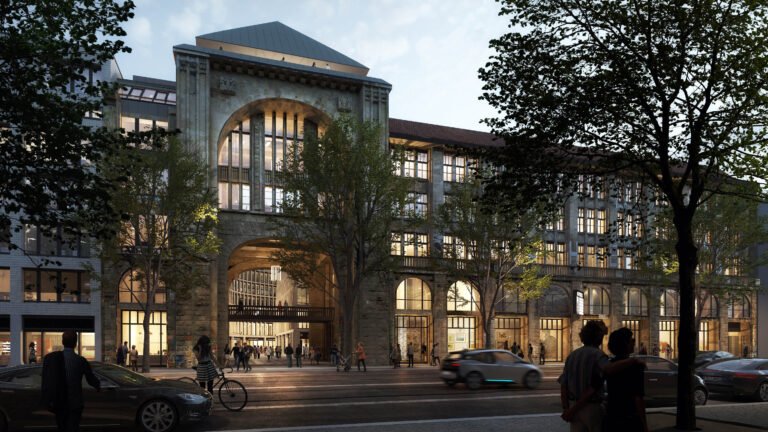The 2022 Pritzker Prize Is Awarded to Diébédo Francis Kéré
Kéré was born in 1965 in Gando, Burkina Faso, as the eldest son of the village chief where he grew up with no electricity or access to clean drinking water. He moved away at a young age to become the only child in his family to attend school. Twenty years later, Kéré moved to Germany, where he eventually studied at at the Technical University of Berlin and graduated in 2004 with a degree in architecture. After completing his education, Kéré could’ve easily done what so many architects before him had: remained in Europe to focus on skyscrapers, museums, and other lucrative civic buildings. But Kéré chose a different path. He returned to Burkina Faso, where he flourished by providing his community with much-needed infrastructure. After success in his home country, the architect opened his firm Kéré Architecture in 2005, with offices in Berlin and Burkina Faso.
The Startup Lions Campus in Kenya by Kéré Architecture.
Photo courtesy of Kéré ArchitectureThe designs of this year’s laureate span from the Startup Lions Campus in Kenya (which was named an AD 2022 Works of Wonder) to a series of teachers’ housing units in Burkina Faso. What links these two works of architecture is Kéré’s use of indigenous materials, most notably clay, which he used to make thick walls. This ancient technique maintains cool interior climates in parts of Africa where temperatures routinely top 100 degrees Fahrenheit. But it’s not just on his home continent that the architect has found success. In 2017, Kéré designed London’s Serpentine Pavilion. Two years later, the architect completed his first permanent structure in the Americas with a bundled pine log pavilion (made from dead trees) in rural Fishtail, Montana.
The 2017 Serpentine Gallery Pavilion by Diébédo Francis Kéré in London.
Photo: Niklas Halle’n/Getty ImagesIn Kéré’s practice, architecture is rooted in place insofar as people see themselves in the buildings they enter. With his work in 2001 on the Gando Primary School, for example, Kéré invited locals to work on every part of the building process. The end result was a beautiful structure the community could be proud of. Most importantly, perhaps, was that the village now has a solid, well-ventilated space where students could learn.
Kéré is the first African-born architect to win the field’s highest honor. He is a humanitarian, a man with an architectural vocabulary that spans the globe while staying singularly focused on the needs of his home village. Frank Gehry’s most recognizable works, such as his famous Bilbao Guggenheim, came one decade after his 1989 Pritzker. As such, the world eagerly awaits to see how 2022 Pritzker Prize laureate Diébédo Francis Kéré’s mind will continue molding the made environment in the years to come.





